I've cancelled the PCBWay order for the Coaxial8or R1.
It started small. Small as in a small missing fillet. That was easy to correct.
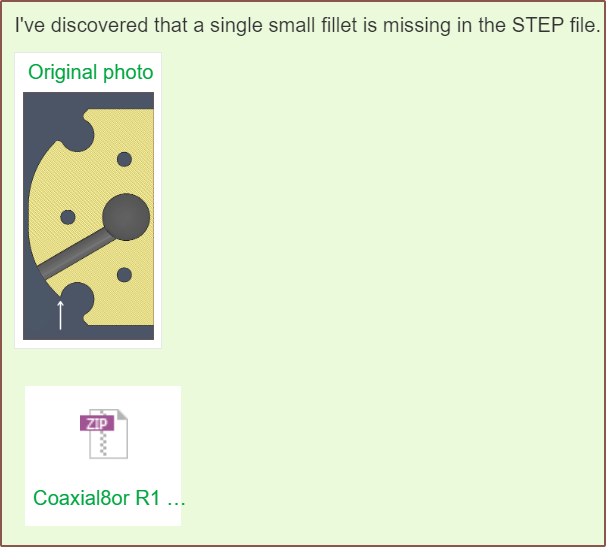
Then the engineer came back because they had concerns about the M6 threads:
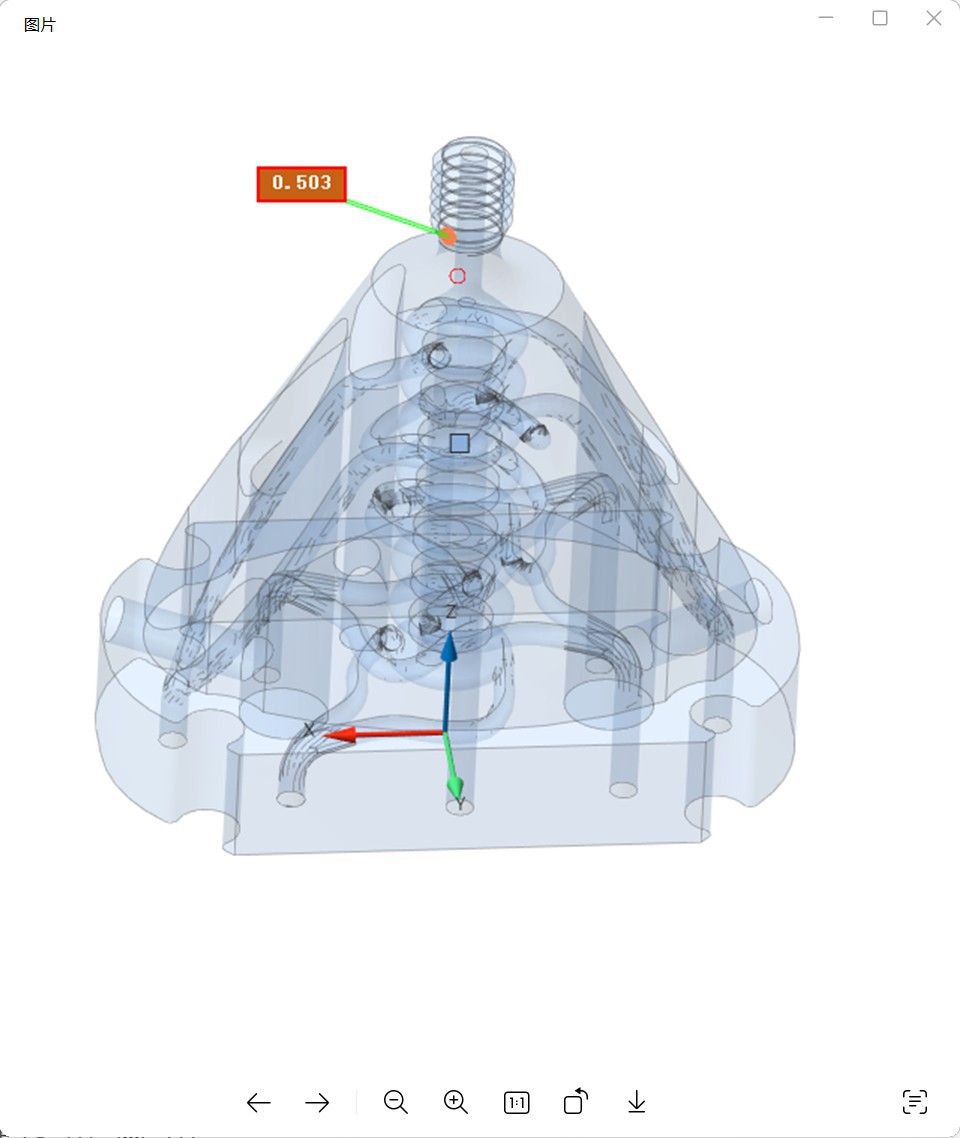
I looked at how Heinz did their threads and one thing I noticed was the taper before the flat wasn't a basic chamfer. I presume this is so that imperfections from the printed thread does not affect the important face that seals against the nozzle.
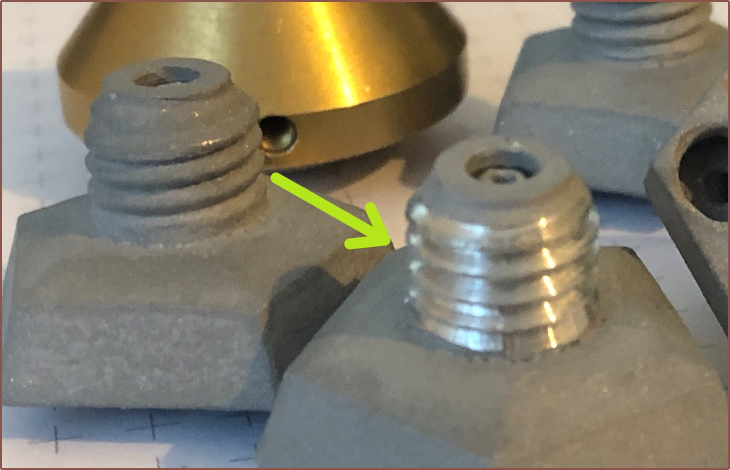
Thus I went in and did some modifications:
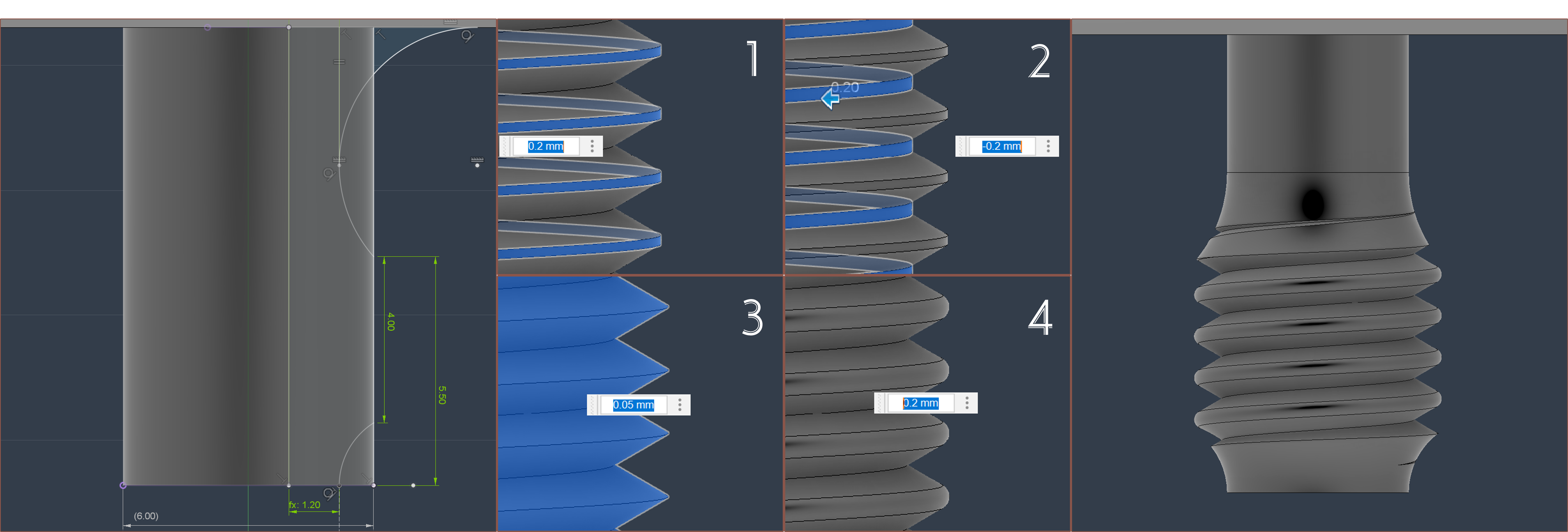
Then I was validating the model and found an extreme minimum wall violation that I unfortunately missed:
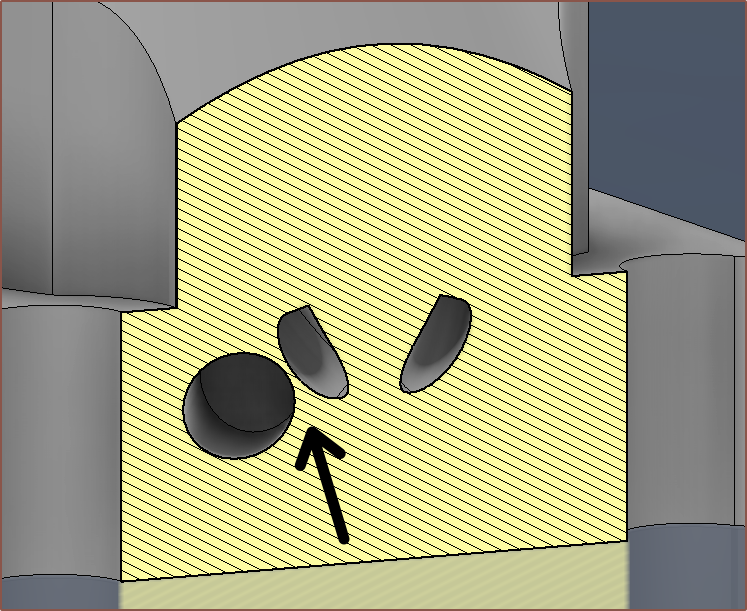
The hole is the grub-screw hole and so I had to rethink quite a bit of the design (and this is when I requested the order be cancelled since it could take a while).
Fast forwarding a bit, I moved the grub screws, reduced the clamp block thickness because it no longer had to fit the grub screws, and trimed the body of the heatblock so that I could simultaneously get under 20,000mm3 and $40 autoquote, and I got this:
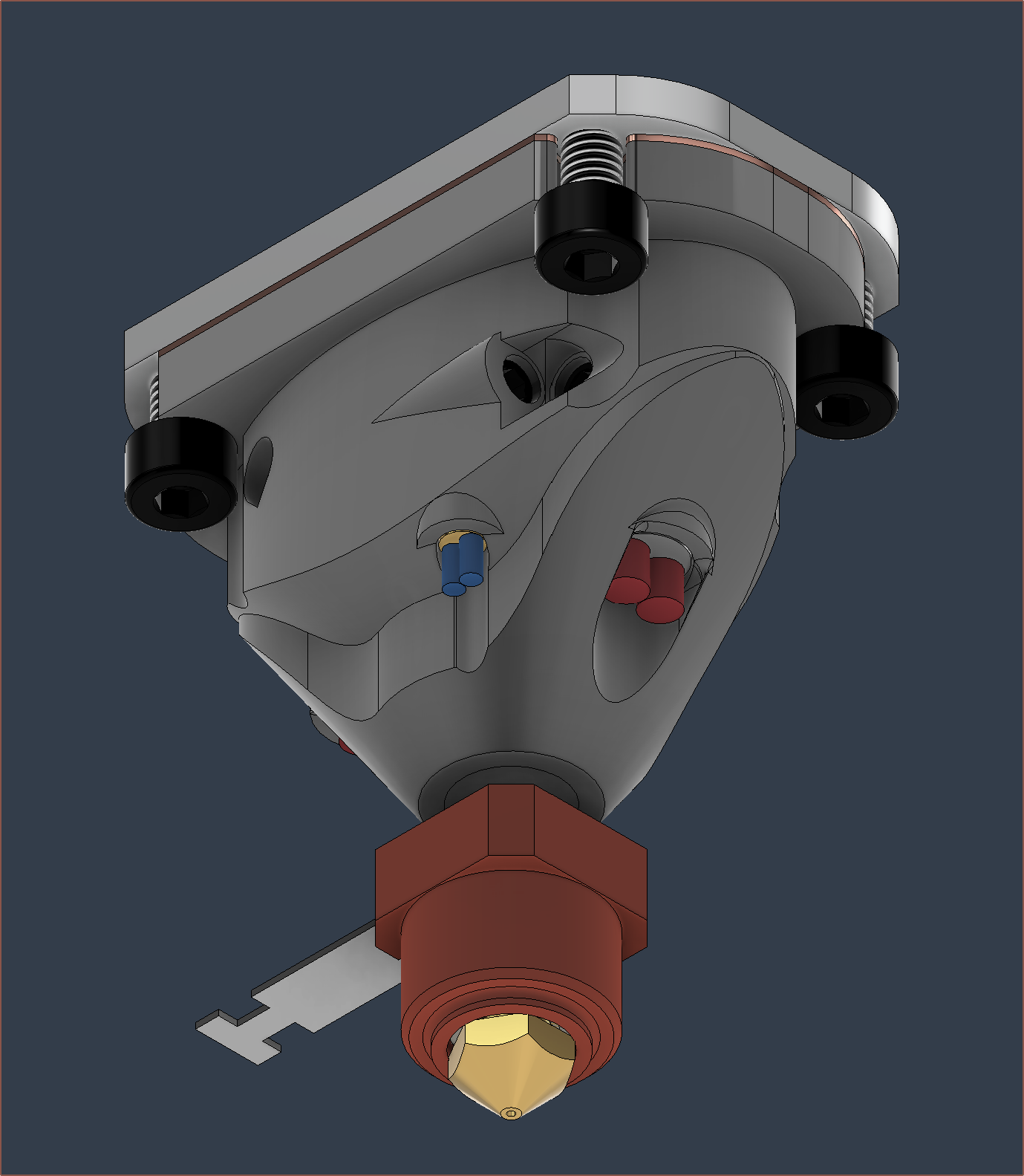
Side tangent: Trimming around channel 7 / 8
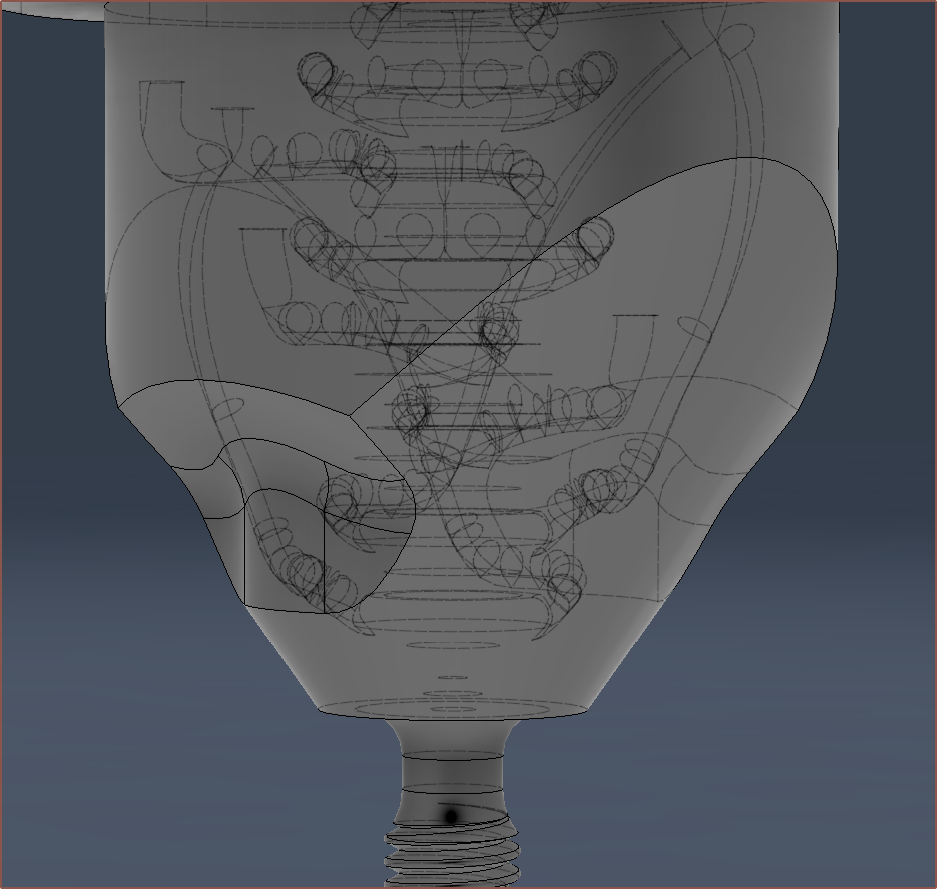 I first tried doing the trim with an extrude and draft angle but it just looked... wrong... so I instead created a cone surface and extruded to that, which actually trimmed off even more material.
I first tried doing the trim with an extrude and draft angle but it just looked... wrong... so I instead created a cone surface and extruded to that, which actually trimmed off even more material.Tangent over. Back to the main story of events.
So I was dancing about how my design is now 193cm3 and the autoquote was $38.80, and I was on Discord asking Heinz a few questions to get the latest insights in the technology tree. The response:
-- lots of colors are nice, but biggest improvement is in the coating meachanism itself imho.
-- making it as small as possible for less purge and quick color change
-- similiar to the cetus2 brass insert...
I was going to reply that I felt like colour gamut vs colour change speed would be one of those engineering challenges where one is forced to pick a side. I still feel that way, but that it's not as black and white as I originally thought.
Remember that print of a clip that was supposed to be white but only got to a medium-light grey at best?
Well I looked into the model cross section and determined that I needed to reduce the contact zone between differing materials whilst still being manufacturable.
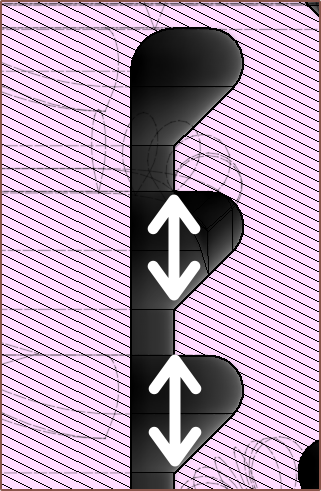
Ideally, colour changes inside the melt chamber would be like a Pallete filament splicer, but with molten filament. Another way to think of it is like a 1-dimensional version of offset printing where each colour is separated by some finite distance and the change in colour is a single point on the length of the pipeline:
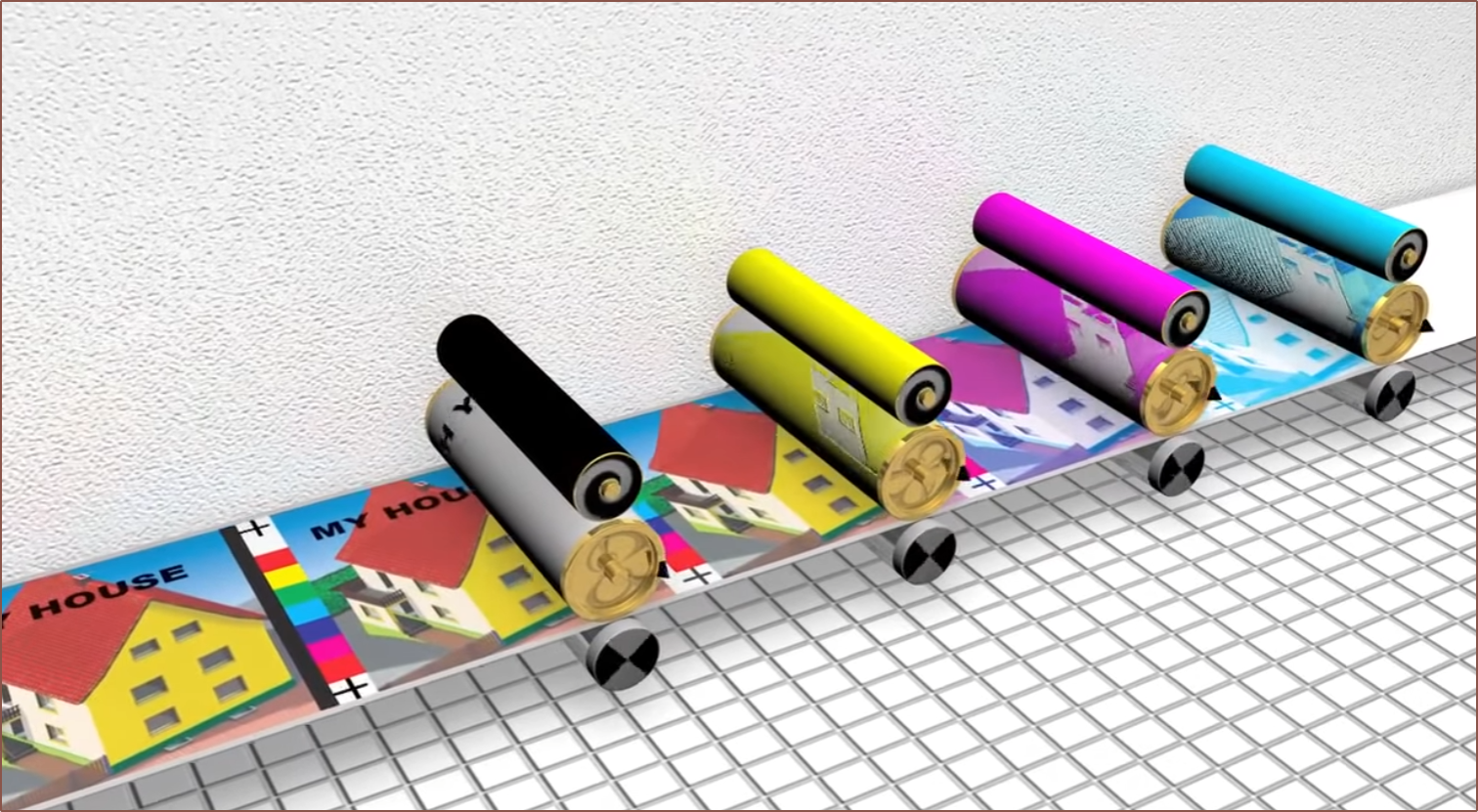
I started sketching a solution that could potentially be geometrically viable yesterday:
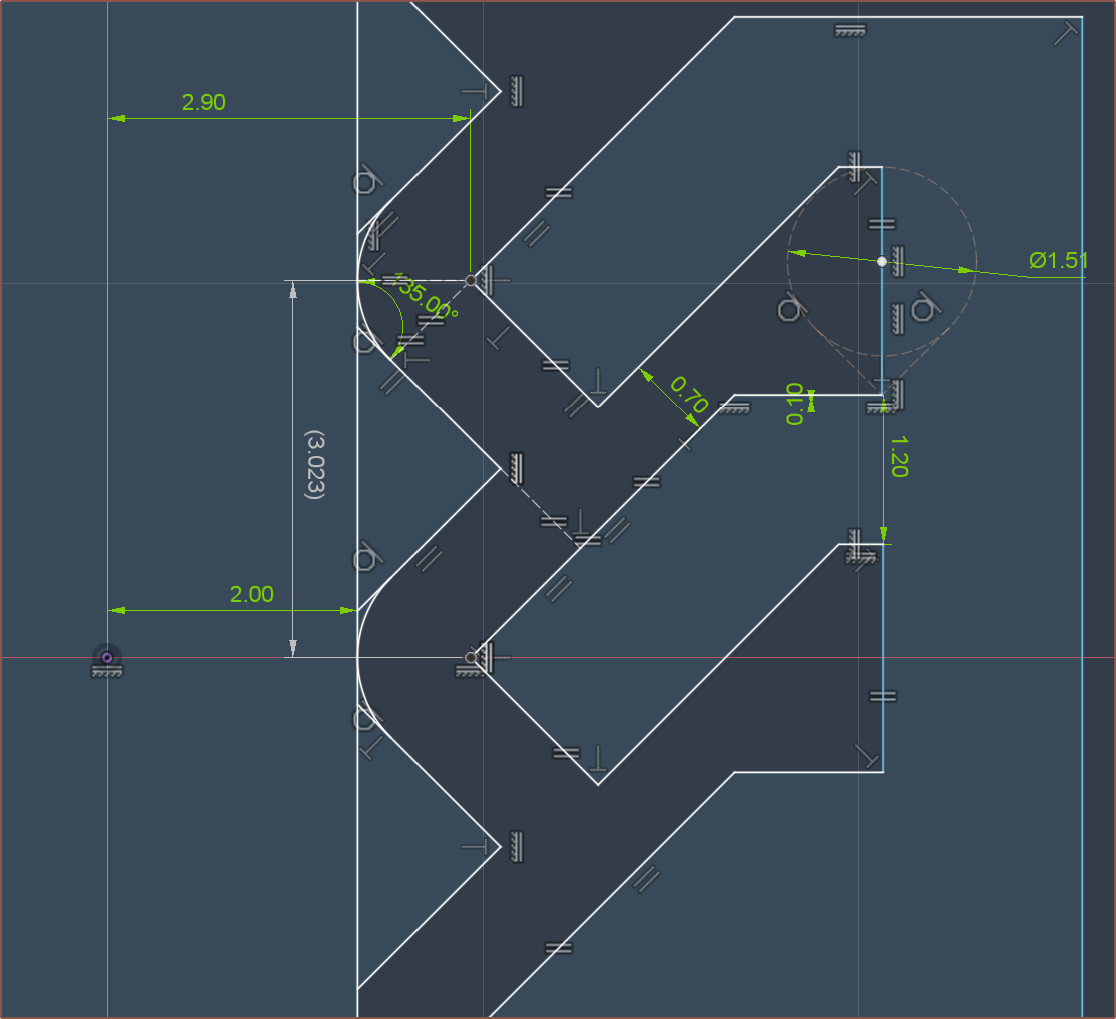
Today, I've looked into "Crosshead Extrusion", which is a method to coat wires with insulation:
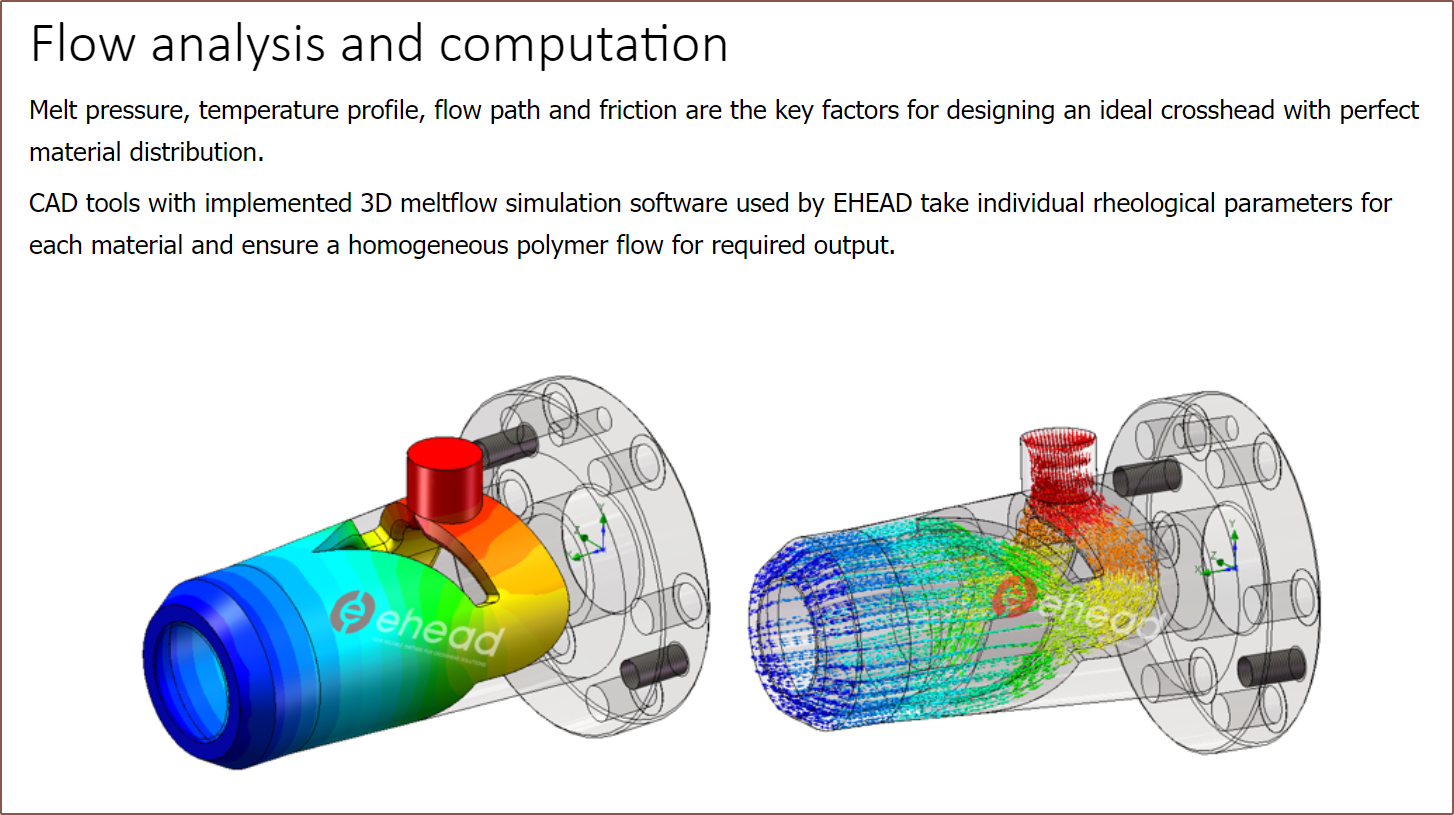
I'm continuing to experiment with what I can do with the design whilst keeping it compact, ensuring a minimum wall thickness and keeping the pressure as axissymmetric as possible:

The idea is to make the geometry more like a revolved version of the Cetus2 nozzle for each channel. This is also to hopefully make push/pull vtools more effective.
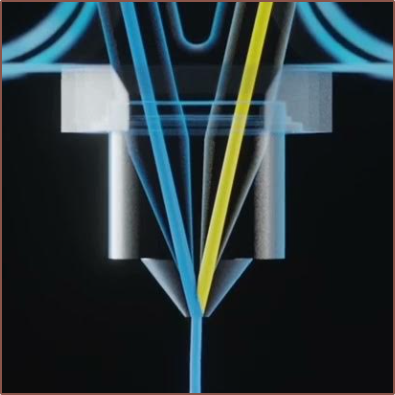
 kelvinA
kelvinA
Discussions
Become a Hackaday.io Member
Create an account to leave a comment. Already have an account? Log In.